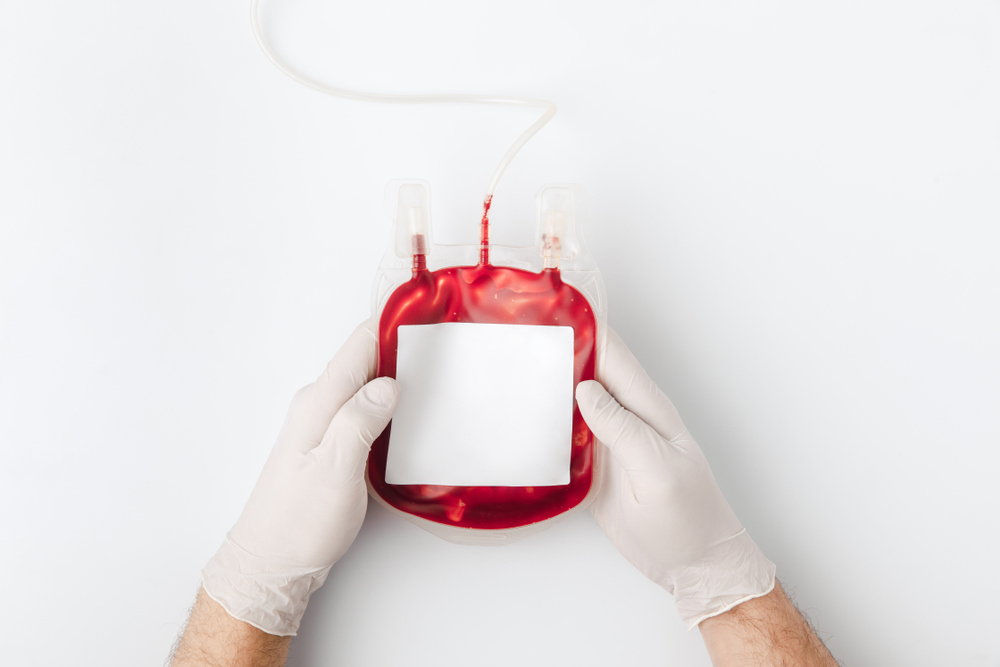
Recently I attended the 2017 Annual Meeting of The American Academy of Cardiovascular Perfusion. The AACP, as always, offered strong educational content and a great opportunity to meet up with friends and colleagues. While there, I had the pleasure of presenting co-authored research on “The Effectiveness of Acute Normovolemic Hemodilution and Autologous Prime on Intraoperative Blood Management during Cardiac Surgery.” The AACP honored our team, which includes our perfusion associates and their tireless dedication to clinical excellence and data collection, by selecting this work as the meeting’s Best Paper. I encourage you to read the abstract for additional detail, but here’s a summary of our findings, which highlight the value of thoughtful perfusion strategies that can reduce the need for costly transfusions and increase the likelihood of better clinical outcomes.

The source of nosocomial infections can be elusive. For investigators, infections stemming from slow-growing bacteria are particularly difficult to identify and combat when symptoms do not present for months, or sometimes even years, after exposure. Add to these challenges the severity of potentially deadly infections and a bacterial outbreak can have devastating consequences. Such is the case with nontuberculous mycobacteria (NTM).

At the 37th Annual Meeting of the American Academy of Cardiovascular Perfusion (AACP), we presented research that used goal-directed perfusion methodology to determine oxygenator performance during clinical cardiopulmonary bypass. The study evaluates three oxygenators currently in clinical use and reflects how information collected by perfusionists could be utilized to provide new information to bridge gaps in knowledge when an absence of quality data is encountered.
